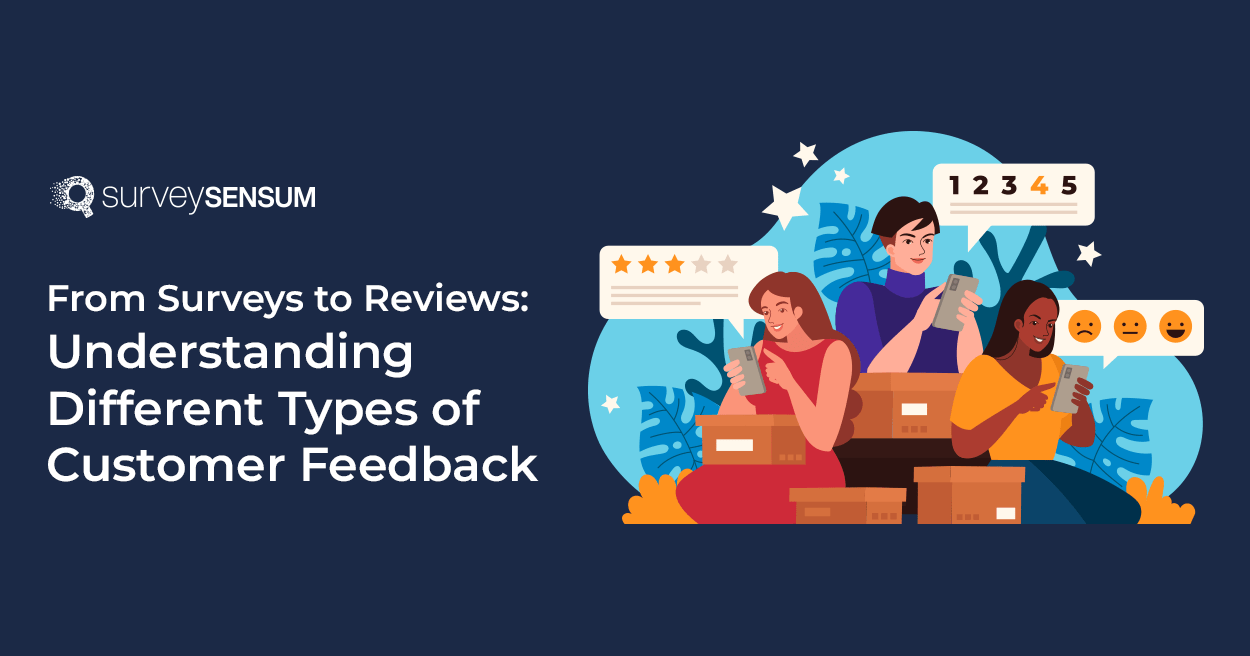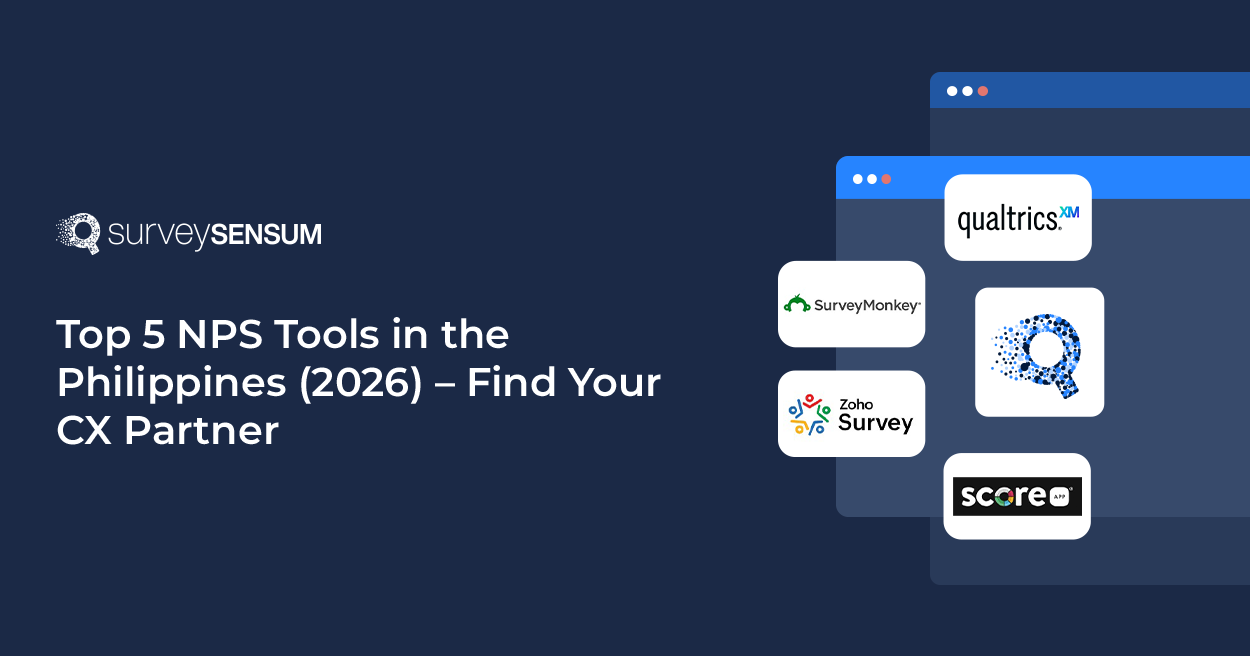

Are you aligning with the evolving needs and preferences of your customers?
If not, you should start gathering customer feedback. It’s the key to exceeding their ever-changing expectations.
To stay ahead, use a robust customer feedback platform to gather insights from various interactions, such as delivery experience, product usage, support queries, and website visits. These insights empower you to enhance customer experience, boost satisfaction, and foster loyalty.
But is customer feedback really a game-changer? If yes, then why?
Let’s explore this along with different types of customer feedback, how they are the building blocks for creating remarkable customer experiences, and how harnessing this feedback can propel your business to new heights of customer satisfaction and success.
Why is Customer Feedback Important?
Direct Feedback vs Indirect Feedback
What is Customer Feedback?
Customer feedback is the valuable insights you receive from your customers about their experiences with your business’s products and services.
It includes their opinions, suggestions, and comments, often shared through surveys, reviews, emails, and various communication channels. This feedback is like a window into their thoughts, showing what they like, what they don’t, and what could be better.
By paying close attention and learning from this gathered feedback, you can enhance your offerings and the overall customer experience, ensuring they meet and even exceed customer expectations.
But why is it important?
Why is Customer Feedback Important?
Customer feedback is not just a collection of opinions; it’s a powerful tool for businesses to thrive in a customer-centric world. Here’s why gathering and leveraging customer feedback is paramount:
- Prevent Customer Churn: Customer feedback provides valuable insights into what’s working well and what needs improvement in your business. Working on it prevents customer churn.
- Identify Strengths and Weaknesses: It highlights both your strengths (what customers love) and weaknesses (where you can enhance).
- Customer Loyalty: Actively using feedback from your customers can increase their loyalty to your brand. In fact, a significant 77% of consumers prefer brands that seek and act on their feedback.
- Customer Advocacy: Happy customers become brand advocates, promoting your business to friends and family.
- Avoiding Customer Loss: Neglecting customer feedback can lead them to choose your competitors over you.
This was about the importance of customer feedback. Now let’s dive into the two categories in which customer feedback falls.
Direct Feedback vs Indirect Feedback (Solicited vs Unsolicited Feedback)
Customer feedback can be gathered in two ways
- Direct feedback
- Indirect feedback
Direct (solicited) feedback (also known as the solicited feedback) is the type of feedback that comes directly from customers, often through specific channels or tools designed for collecting their opinions, suggestions, or comments. It’s explicit and clear, offering precise information about their experiences and preferences.
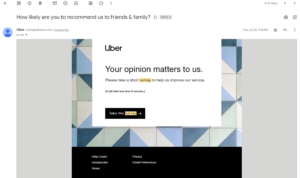
Examples of direct feedback include responses to customer surveys, online reviews, emails sent to your business, or comments shared on social media.
On the other hand, Indirect (unsolicited) feedback (also known as the unsolicited feedback) is feedback that is not explicitly provided by customers but can be inferred from their actions, behavior, or patterns.
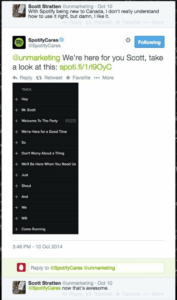
Unlike direct feedback, businesses have to analyze and interpret this feedback from various sources, such as customer behavior data, purchase history, website interactions, and social media monitoring.
For instance, when people keep coming back or engaging with you on your social media marketing campaigns, it implies satisfaction. It’s not as crystal clear as direct feedback, but it’s still telling you something. This is how indirect feedback helps companies gain insights into customer preferences, pain points, and satisfaction levels, even when customers don’t voice their opinions directly.
Now let’s look at – what are the types of customer feedback.
Different Types of Customer Feedback
There are 5 different types of feedback through which you listen and understand the voice of your customers:
1. Customer Surveys
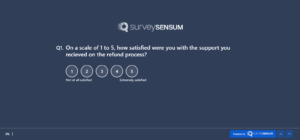 Customer surveys are structured questionnaires designed to gather specific information and insights from customers about their experiences with a product or service. Surveys are highly customizable and can be tailored to your specific needs, making them versatile tools for collecting valuable insights.
Customer surveys are structured questionnaires designed to gather specific information and insights from customers about their experiences with a product or service. Surveys are highly customizable and can be tailored to your specific needs, making them versatile tools for collecting valuable insights.
Different Types of Surveys
Customer surveys come in various forms, including customer satisfaction surveys, Net Promoter Score surveys, product feedback surveys, and more. Each type uniquely gathers specific insights, enabling businesses to target their questions for different purposes.
So, how to Create Effective Surveys?
To create effective surveys, you must have an exceptional survey-creating tool like SurveySensum, then you should ensure that your questions are
- clear,
- unambiguous, and
- avoid any misleading wording.
This helps customers to easily understand and respond to the survey, leading to more accurate and valuable insights.
How to Distribute and Collect Surveys?
To distribute and collect customer surveys effectively, select the right method where your target audience is (such as email, website, social media, or printed), and craft engaging invitations. Also, make sure you send the survey at the right time. Additionally, consider incorporating a social media consult to optimize survey dissemination and engagement. Also, make sure you send the survey at the right time.
How to Analyze Survey Data?
You can analyze the survey data by
- Collating and organizing the survey responses.
- Utilizing data analysis tools like Text Analytics software to identify trends and patterns.
- Categorizing and prioritizing feedback based on the importance of issues raised and then closing the feedback loop.
- Extracting actionable insights to inform business decisions and improvements.
Create NPS, CSAT, and CES Surveys – Sign Up For Free
2. Customer Reviews
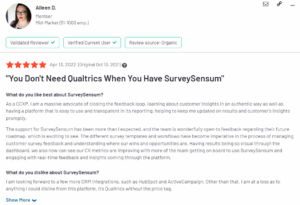
Customer reviews are unsolicited opinions and feedback shared by customers on platforms like G2, Capterra, Yelp, Amazon, or Google Reviews. Customer reviews come in various forms, including product reviews, service reviews, and overall experience reviews. There are other types as well including detailed feedback on specific features, pricing, or delivery experiences. This gathered feedback helps in understanding specific areas of improvement.
How to Encourage Customers to Leave Reviews?
- Make the review process easy by providing clear links or buttons on your website or in follow-up emails.
- Request reviews after successful transactions or positive interactions.
- Offer incentives, like discounts or entry into a contest, to motivate customers to leave reviews.
- Politely ask for feedback in a friendly, non-intrusive manner.
How to Respond to Reviews?
- Promptly address negative reviews to show responsiveness and a commitment to resolving issues.
- Thank customers for positive reviews and acknowledge their feedback.
- Keep responses professional and empathetic, avoiding confrontations or arguments.
- Use positive reviews as opportunities to highlight strengths and show appreciation.
3. Social Media Feedback
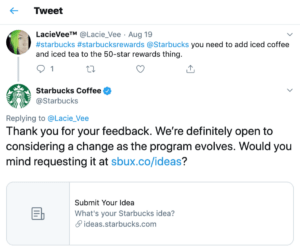
Social media feedback consists of comments, posts, and messages from customers on platforms like Facebook, Twitter, and Instagram.
How to Monitor Social Media for Customer Feedback?
You can monitor it effectively by
- Implementing social media and database monitoring tools or services such as Hootsuite, Statusbrew to keep track of mentions, comments, and posts related to your brand.
- Regularly check brand-specific hashtags and keywords that customers use when discussing your products or services.
- Paying attention to both direct and indirect feedback, even when your brand isn’t tagged, to gather comprehensive insights.
- Creating alerts or notifications to receive real-time updates on customer interactions.
How to Respond to Social Media Feedback?
- Respond promptly and professionally to all comments, whether positive or negative, to show that you value customer feedback.
- Address negative feedback with empathy, provide solutions, or offer to take the conversation to a private message.
- Thank customers for their positive comments and acknowledge their contributions.
- Use social media responses to showcase your brand’s commitment to customer satisfaction.
4. Customer Support Tickets
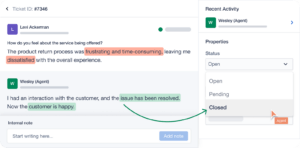 Customer support tickets are formal inquiries or issues raised by customers through email, chat, or ticketing systems.
Customer support tickets are formal inquiries or issues raised by customers through email, chat, or ticketing systems.
How to Analyze Customer Support Tickets for Customer Feedback?
- Track the volume and response time for support tickets.
- Categorize issues and inquiries for trend analysis.
- Identify common problems and areas for improvement.
- Implement a knowledge base or FAQs to reduce recurring issues.
How to Use Customer Support Tickets to Improve Customer Satisfaction?
- Utilize ticket data to improve self-service options, such as FAQs or knowledge bases, reducing ticket volume.
- Implement feedback mechanisms within ticketing systems to measure customer satisfaction and collect insights for continuous improvement.
5. Focus Groups and Customer Interviews
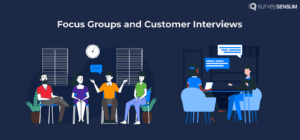
Focus groups and customer interviews are qualitative research techniques that involve direct interaction with customers to gather in-depth feedback. Focus groups typically consist of a small group of participants discussing their opinions, while customer interviews are one-on-one conversations.
How to Conduct Focus Groups and Customer Interviews?
- Recruit a representative group of customers.
- Develop a structured discussion guide or interview questions.
- Conduct one-on-one interviews or group discussions.
How to Analyze Focus Group and Customer Interview Data?
- Transcribe and code the conversations to identify key themes.
- Analyze the narratives and anecdotes to gain qualitative insights.
- Look for patterns and recurring feedback to inform product or service enhancements.
These qualitative methods offer a deep understanding of customer perspectives resulting in improving customer experience.
That was all about different types of customer feedback. But why taking action is important?
Why Close the Feedback Loop by Acting on Gathered Feedback?
Collecting feedback is essential, but it’s not enough because users expect quick action. That’s why taking action on feedback by closing the feedback loop is crucial to prevent users from becoming disengaged or frustrated and leaving your platform, build trust, and enhance the quality of the user experience by addressing hidden issues and improving the website’s performance.So, here are the following steps to effectively close the feedback loop:
- Respond promptly to acknowledge their feedback and show you value their input.
- Prioritize feedback by focusing on the most important issues.
- Update the users of your actions and progress.
- Make the necessary improvements based on feedback.
- Encourage users to continue giving feedback for regular improvement.
By implementing these steps, you not only retain users but also foster a loyal and engaged community, which can contribute to the long-term success of your website.
Wrapping Up
Customer feedback guides companies towards satisfying customers and growing their businesses. Feedback from various sources unveils what customers want and how they perceive their experiences.
Collecting, analyzing, and acting on feedback is the path to enhancing products, services, and customer experiences. This creates customer loyalty, boosts your brand, and puts you ahead of the competition. But remember, success comes from turning insights into action. That’s where SurveySensum steps in. With its tools and analytics, you can easily collect, understand, analyze, and take action on customer feedback.






